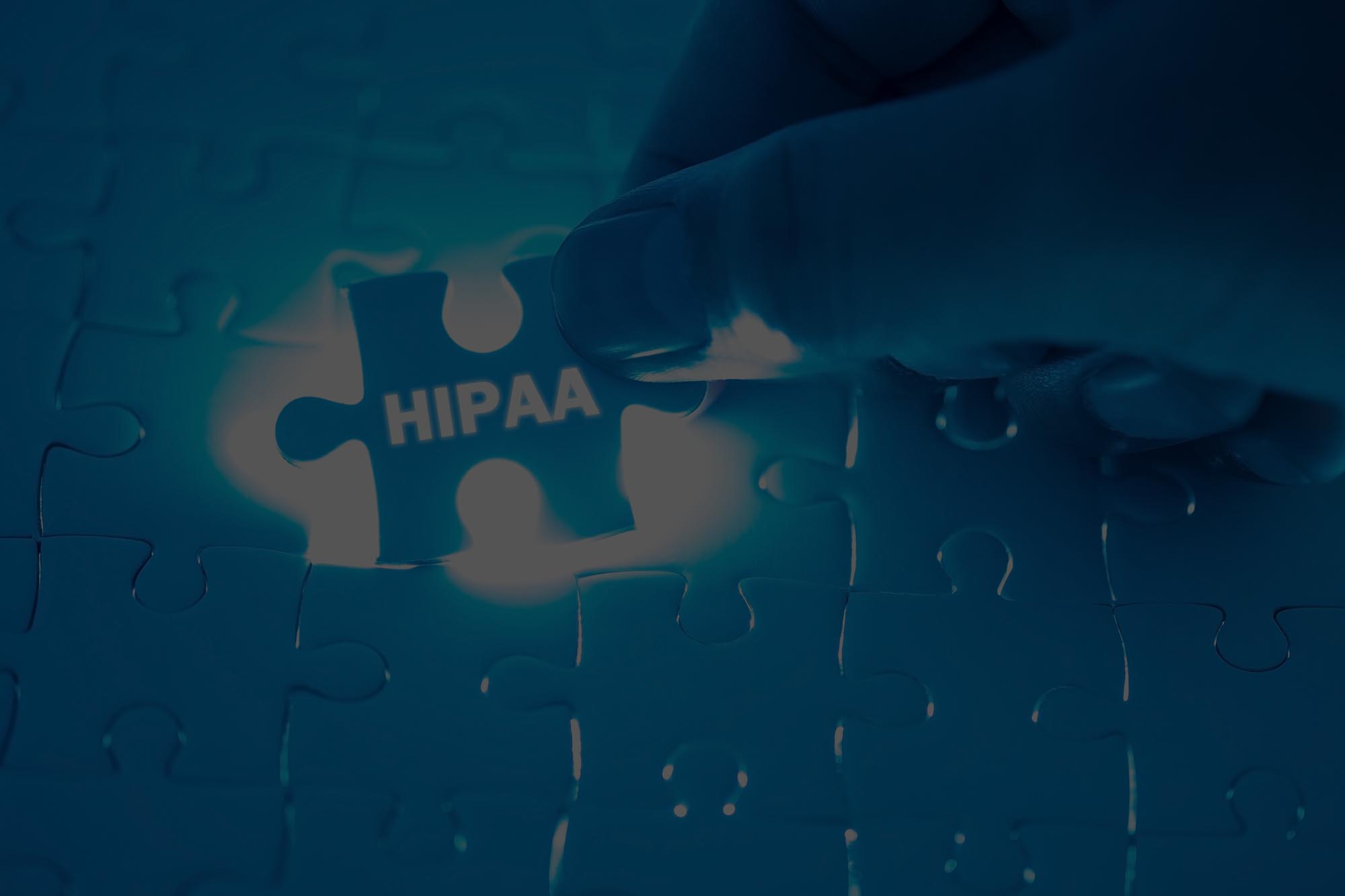HIPAA COMPLIANCE

Go Beyond Compliance.
Maintaining a secure information systems environment in compliance with regulations can be a daunting task.
Providing visibility into your organization’s greatest cybersecurity risks, we help you to make more informed security investment decisions, manage risk as a continuous process, as well as strengthen and maintain your information security program.

HIPAA Compliance in 3 Steps:
1. Conduct a HIPAA Risk Assessment
This standards-based (NIST SP 800-30, -53, and -66) is the fast and painless process for identifying and prioritizing your risks.
2. Develop a Corrective Action Plan
This step-by-step plan describes what you're doing, when you're doing it and who's responsible for getting it done. It is based exclusively on the risks from #1. This often overlooked artifact is required by regulators.
3. Demonstrate Progress
This forward momentum is completely managed by our team of healthcare cybersecurity experts. We do all of the heavy lifting helping our clients document their progress.

Risk Assessment and Risk Management are the foundations of your organization’s HIPAA Security Rule compliance efforts.
Risk Assessment
Addressing an essential element of HIPAA compliance, Risk Assessment allows organizations to identify and evaluate network environments. We find many organizations don’t have the time and/or the human resources to navigate the HIPAA Risk Assessment Requirement, and other HIPAA requirements. However, it’s the law and there are substantial financial penalties for non-compliance and data breaches.
Completing an enterprise-wide, information system-based risk analysis correctly requires the right tools, expertise, and resources. Our objective is to provide you information about HIPAA requirements and an assessment of your compliance and risk levels to tackle gaps in security and protection and raise any red flags where security and noncompliance might be an issue.
Risk Management
Developing and implementing a risk management plan requires the creation of proper documentation and continued assessment of ongoing processes. Performing these processes appropriately will ensure the confidentiality, availability, and integrity of PHI. Once your Risk Management Plan is documented, consider it to be a living document that you reference and change regularly to protect the information against any reasonably anticipated uses or disclosures of PHI that are not permitted or required under the HIPAA Privacy Rule.

The 3 Key Safeguards to protecting patient information:
Physical Safeguards
this protects the physical security of their offices where PHI or ePHI may be stored or maintained. Some examples are: alarm systems, security systems, locking areas where PHI is stored.
Technical Safeguards
this protects ePHI from the threat of cyberattacks. Some examples include: firewalls, data encryption, and data backup.
Administrative Safeguards
this ensures that staff members are properly trained to execute the security measures you have in place. These safeguards should include policies and procedures that document the security safeguards you have in place, as well.
We’ll guide you from assessment through remediation of cybersecurity compliance gaps with professional consulting services to complete the risk analysis and management process, end to end. Providing HIPAA coaching to get you through the 3 key areas of compliance: physical requirements, technical requirements, and administrative requirements.
In addition, our security engineers work closely with your staff to assist in implementing the appropriate technical solutions to help you achieve your compliance goals.

![Connectivity[1]](https://connectivitycom.com/wp-content/uploads/2021/02/Connectivity1.png)